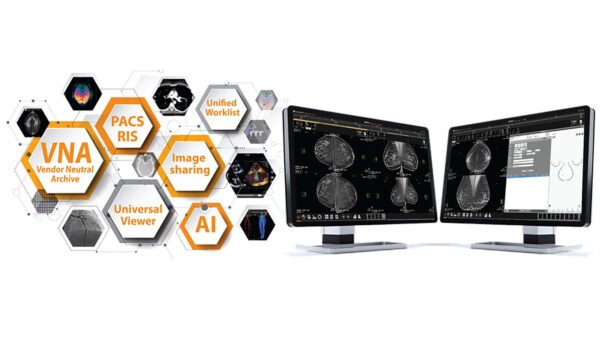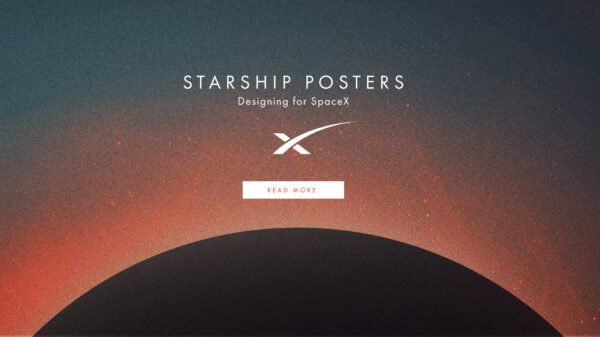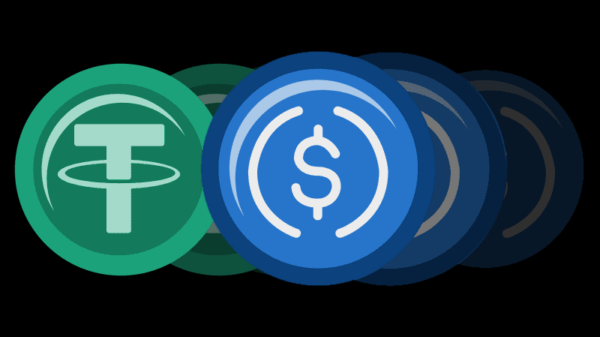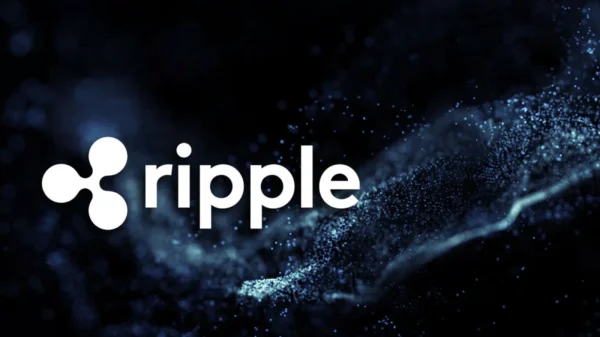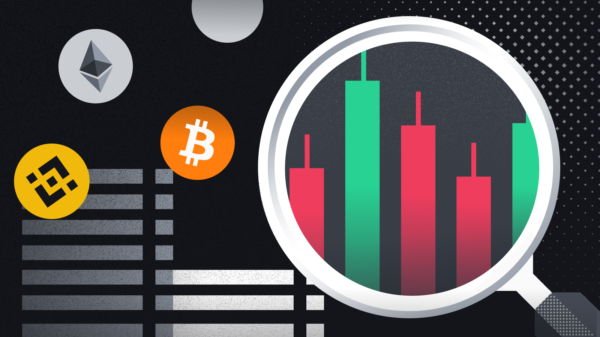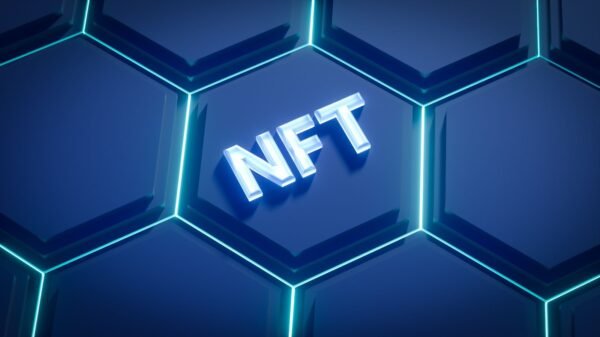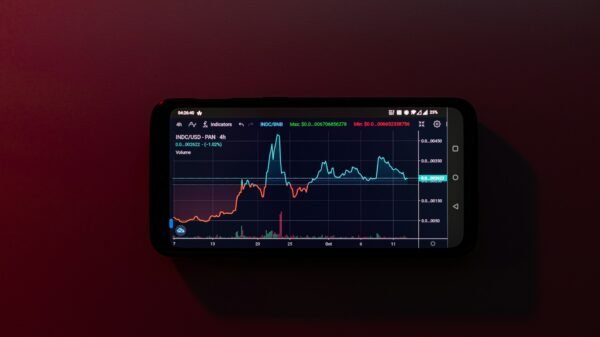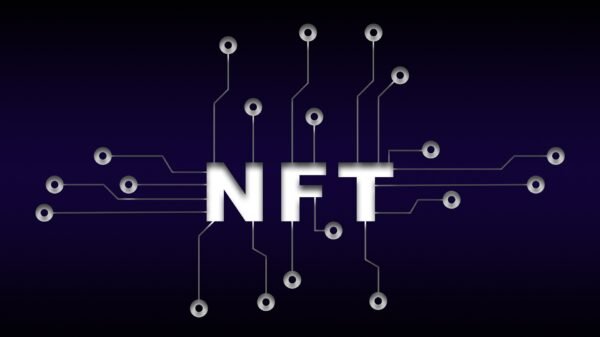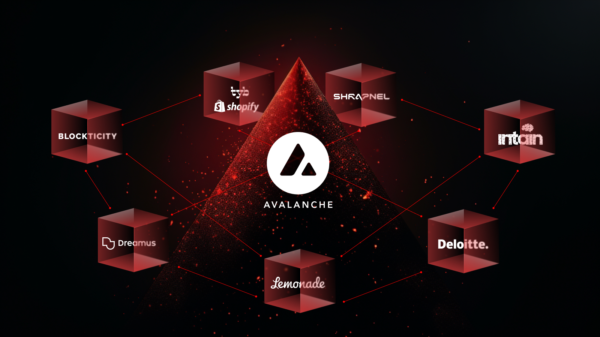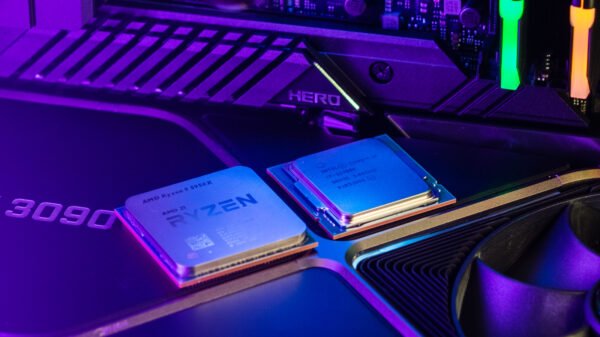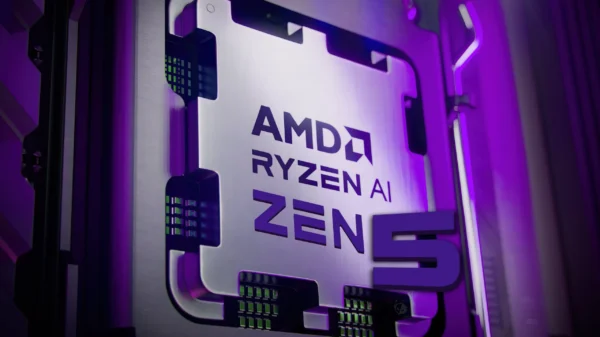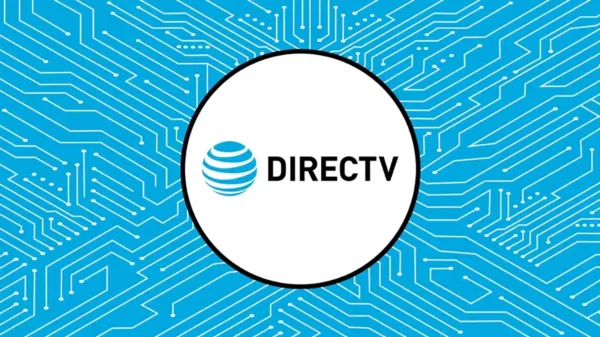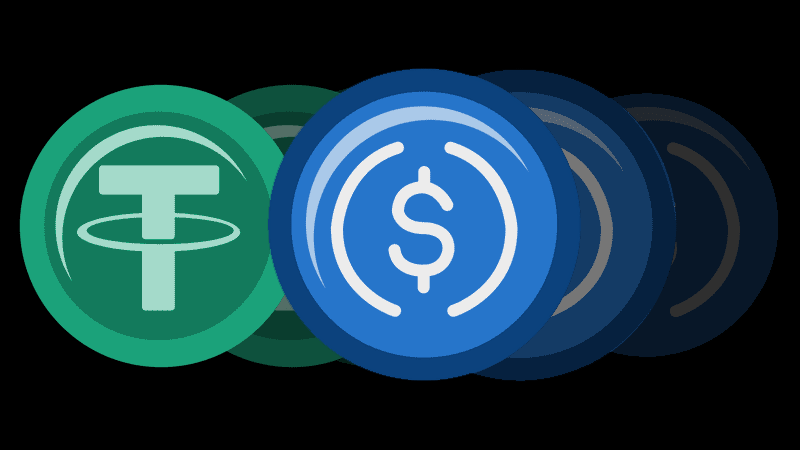The cryptocurrency (USDT vs USDC) market has introduced several stablecoins that are pegged to fiat currencies, primarily to reduce volatility. Among the most prominent are USDT (Tether) vs USDC (USD Coin). In this article, we will provide a detailed comparison between USDT and USDC, focusing on their similarities, differences, and which might be the better option for various use cases.
1. What Are Stablecoins?
Stablecoins are cryptocurrencies that are pegged to a stable asset, such as a fiat currency like the US dollar. This peg is meant to stabilize the price, making stablecoins less volatile than other cryptocurrencies like Bitcoin or Ethereum. This stability makes them an attractive option for traders who want to avoid the sharp price fluctuations commonly seen in other digital currencies.
2. Overview of USDT (Tether)
USDT, also known as Tether, was launched in 2014 by Tether Limited. USDT is pegged to the US dollar at a 1:1 ratio. It is currently the largest stablecoin by market capitalization and is widely used for trading and transferring value within the cryptocurrency ecosystem.
Key Features:
- Launched: 2014
- Market Cap: $82 billion (as of October 2024)
- Blockchain: Operates on multiple networks (Ethereum, Tron, Solana, etc.)
- Peg: 1:1 to the US dollar
- Use Case: Primarily used for trading, remittance, and as a store of value.
3. Overview of USDC (USD Coin)
USDC is a newer stablecoin, launched in 2018 by Circle and Coinbase through the Centre Consortium. Like USDT, USDC is also pegged 1:1 to the US dollar, but it differentiates itself with a higher focus on regulatory compliance and transparency.
Key Features:
- Launched: 2018
- Market Cap: $28 billion (as of October 2024)
- Blockchain: Operates on multiple networks (Ethereum, Solana, Algorand, etc.)
- Peg: 1:1 to the US dollar
- Use Case: Popular for payments, DeFi (Decentralized Finance), and compliance-focused trading.
4. Key Differences Between USDT and USDC
While both stablecoins are pegged to the US dollar, there are several important differences between USDT and USDC:
| Feature | USDT (Tether) | USDC (USD Coin) |
|---|---|---|
| Launch Year | 2014 | 2018 |
| Market Cap | $82 billion | $28 billion |
| Regulatory Focus | Lower regulatory focus | High regulatory compliance |
| Transparency | Less transparent reserves | Monthly third-party audits |
| Blockchain Support | Ethereum, Tron, Solana, and more | Ethereum, Solana, Algorand, and more |
| Primary Use Case | Trading, remittance | DeFi, institutional use, payments |
5. Stability and Transparency
When comparing stability and transparency, USDC generally has an edge. USDC is fully backed by audited reserves, and the issuing company, Circle, publishes monthly audit reports on its reserve holdings, offering users peace of mind regarding its peg to the US dollar.
In contrast, USDT has faced criticism over the years regarding the lack of transparency about its reserves. Although Tether has taken steps to increase transparency, it is not audited as frequently as USDC.
6. Use Cases for USDT and USDC
USDT Use Cases:
- High-Volume Trading: USDT is widely used on exchanges due to its liquidity.
- Remittance: It is also used for sending funds across borders.
- Store of Value: Many users prefer USDT for parking their funds during volatile market conditions.
USDC Use Cases:
- Payments and Transactions: USDC is popular for payments because of its regulatory compliance.
- DeFi: USDC is a dominant stablecoin used in decentralized finance (DeFi) platforms.
- Institutional Trading: Due to its transparency, institutions often prefer USDC for regulated financial activities.
7. Pros and Cons of USDT vs USDC
Pros of USDT:
- Higher liquidity and trading volume
- Available on a broader range of blockchains
- Widely accepted on almost every crypto exchange
Cons of USDT:
- Controversy surrounding its reserve transparency
- Less regulatory oversight compared to USDC
Pros of USDC:
- Strong regulatory framework and monthly audits
- Increasing adoption in DeFi and institutional use
- Transparent reserve reports
Cons of USDC:
- Lower market cap and trading volume compared to USDT
- Limited adoption on some exchanges outside the U.S.
8. Which Stablecoin is Best for You?
Choosing between USDT and USDC largely depends on your needs:
- For Traders: If you’re an active trader, USDT may be the better option due to its higher liquidity and presence across more exchanges.
- For DeFi Users and Institutions: USDC is better suited if you value transparency, regulatory compliance, or plan to participate in decentralized finance protocols.
9. Comparison Table: USDT vs USDC
| Category | USDT | USDC |
|---|---|---|
| Founded | 2014 | 2018 |
| Market Cap | $82 billion | $28 billion |
| Audits | Infrequent | Monthly third-party audits |
| Regulation | Lower compliance | High regulatory compliance |
| Blockchain Support | Multiple blockchains | Ethereum, Solana, Algorand, etc. |
| Use Case | Trading, remittance, store of value | Payments, DeFi, institutional use |
| Transparency | Low to moderate | High |
10. FAQs About USDT vs USDC
1. Which stablecoin is safer, USDT or USDC?
USDC is generally considered safer due to its higher regulatory compliance and transparent reserve audits. USDT has had some controversies over its reserves but is still widely used.
2. Can I use USDC or USDT for DeFi?
Yes, both USDC and USDT are used in DeFi, but USDC is more commonly integrated into regulated financial products and DeFi protocols due to its transparency.
3. What is the main advantage of USDT over USDC?
The main advantage of USDT is its higher liquidity and wider acceptance on global exchanges, making it more attractive for active traders.
4. Is USDC more stable than USDT?
Both USDC and USDT are pegged 1:1 to the US dollar, so in theory, they are equally stable. However, USDC’s monthly audits provide greater confidence in its peg.
5. Where can I buy USDT and USDC?
You can buy both USDT and USDC on most cryptocurrency exchanges like Binance, Coinbase, and Kraken.
Conclusion
Both USDT and USDC serve crucial roles in the cryptocurrency ecosystem, offering traders and users a stable digital alternative to volatile cryptocurrencies. Whether you prioritize liquidity (USDT) or transparency and regulatory compliance (USDC), your decision should be based on your specific needs in the crypto space.
For more information, you can visit the official websites of USDT (Tether) and USDC (USD Coin).


